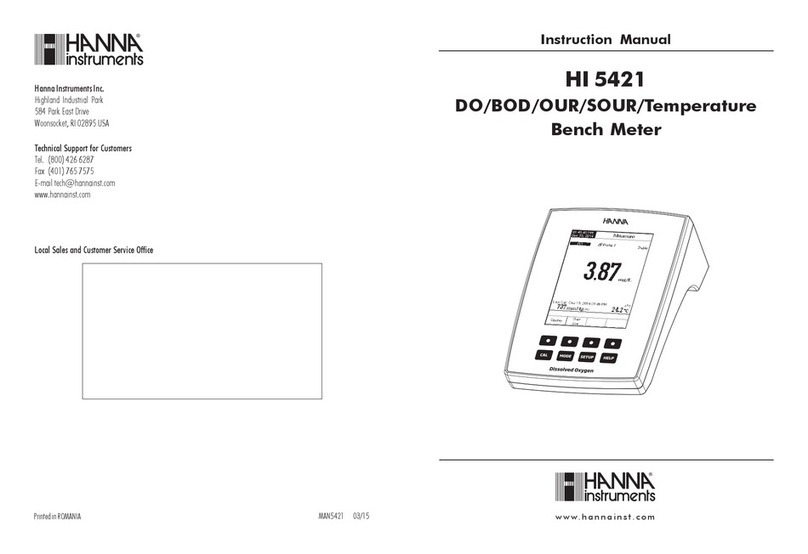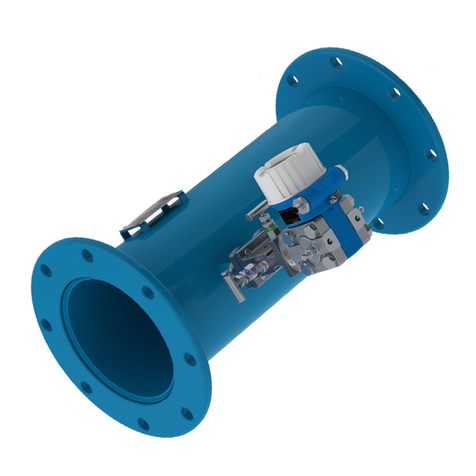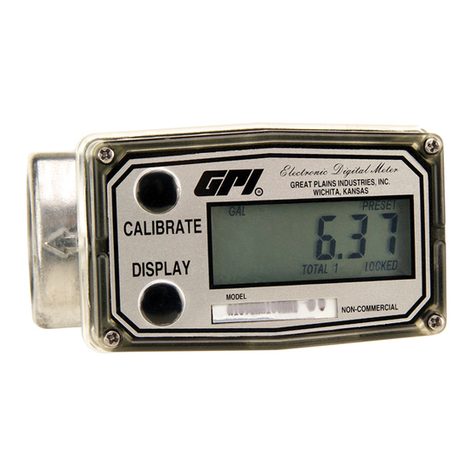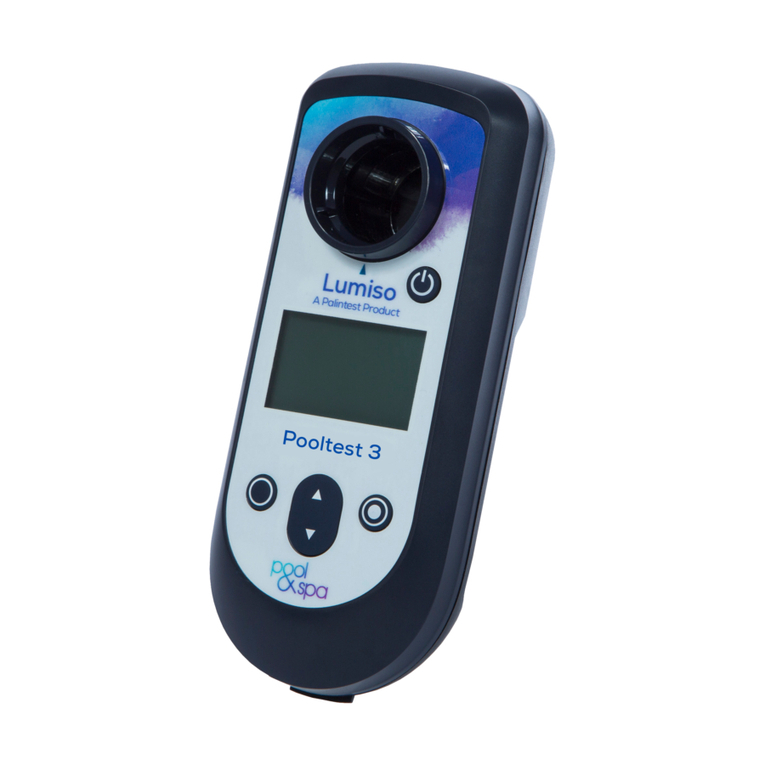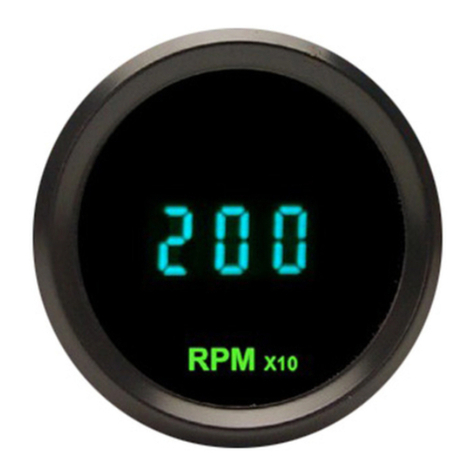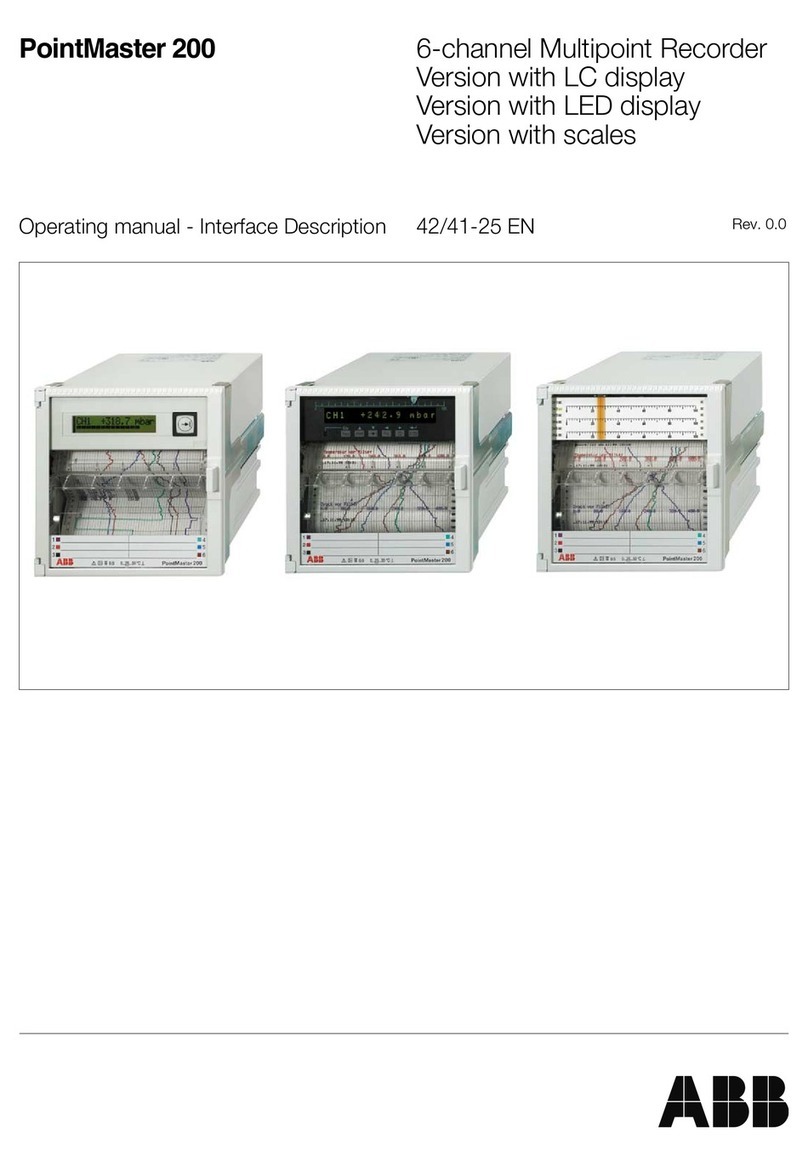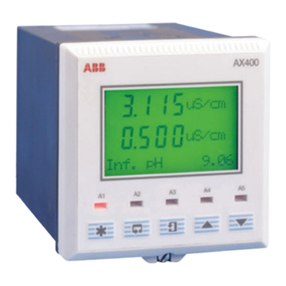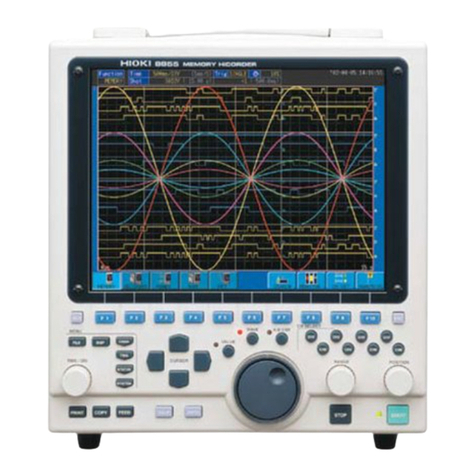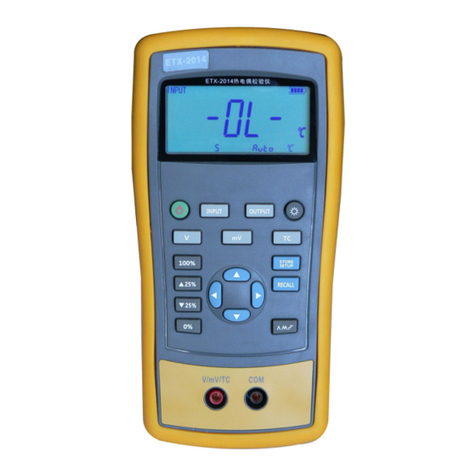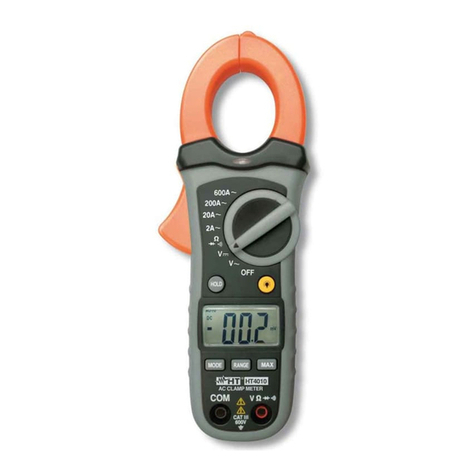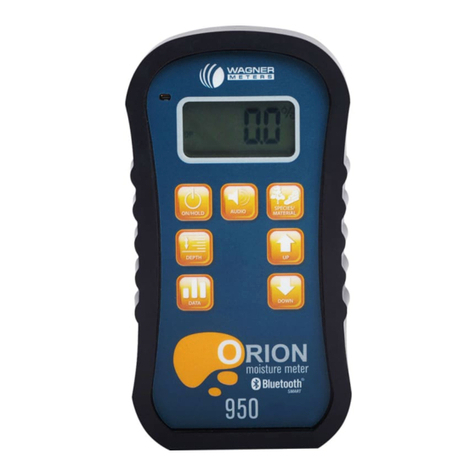EPI LDS-910 Plus User manual

Leak Detection System
LDS-910 Plus
User Manual
Revision 1.2 (20210803)
Electric Power, Inc.
1351 West Hundred Rd.
Chester, VA 23836
(804) 778-7735

2
Table of Contents
Specifications ....................................................................................................................................................................................3
System Description ...........................................................................................................................................................................3
Unit Layout .......................................................................................................................................................................................4
Test Frequencies ...............................................................................................................................................................................6
Powering Up .....................................................................................................................................................................................6
Default Settings ................................................................................................................................................................................7
Control Buttons ................................................................................................................................................................................8
Calibrating the LDS-910 Plus: ........................................................................................................................................................ 10
Test Procedure: ............................................................................................................................................................................. 11

3
Specifications
System Operating Frequencies
400
-
960 MHz
Transmit Power
+30dBm (
1
watt
)
Transmitter Input Power Source
12 VDC, Center Positive Barrel Plug
AC Power adapter or (8) AA battery Pack
Dynamic Range
1
1
0 dB
@ 915Mhz
Antenna
Omni Directional, SMA, Standard
Receiver Input Power
Other Antenna Options
A
vailable
Receiver Input Power
Internal
Lithium Battery, Rechargeable with USB
Power Adapter
System Description
The Test System is comprised of two units, the transmitter and the receiver unit. The transmitter unit consists of a RF Explorer
Signal Generator, a 1-watt medium power amplifier and a power module. This transmitter module is powered from either the
included 8- AA battery module or the included 12VDC power supply.
The receiver unit consist of a RF Explorer Spectrum analyzer. This unit is powered from the internal lithium battery or by the
included USB mini power supply.

4
Unit Layout
Figure 1 – Storage Case Layout
Figure 2 – Receiver Layout

5
Figure 3 – Transmitter Layout
Figure 4 – Transmitter Battery Pack Power Switch Location
LCD Screen
Control Buttons
SMA Antenna RF Out
12VDC Power Input
(On Rear)
Power Switch

6
Test Frequencies
The LDS-910 Plus can test in the frequency range of 400-960MHz. The included antennas however are tuned for the ISM band
of 902-928Mhz. To test in other frequency bands, use the appropriate antennas. For other antenna options, please contact EPI
for recommendations. Always ensure you have the proper frequency clearances for the frequencies you are transmitting on.
Powering Up
WARNING: Never power the transmitter unit without an antenna connected. Doing so may damage the unit
and void the warranty.
The Transmitter is powered from either 8 AA batteries or the included 12VDC power supply. When using the
battery pack simply Velcro the battery to the back of the unit and plug the barrel plug in the receptacle on the
back of the unit. To turn on the battery power, turn the power switch on the battery pack is in the on position.
To change the batteries in the battery pack, slide open the cover on the battery pack and insert 8 new AA 1.5V
batteries.
The Receiver is powered from an internal rechargeable lithium-ion battery. To charge, simply plug included
power adapter into the mini-USB port on the bottom of the unit. If the battery is depleted, the unit can also be
powered from this adapter. To turn the power on, move the Power switch to the “ON” position. When
powered from the charger the unit is automatically turned on.

7
Default Settings
When the unit is shipped to you, it is set to the default settings shown in the image below. The settings below are shown as a
reference in case the user changes the settings. The calibration and test procedures shown below are based off the unit setup
as shown in the following images.
Figure 5 – Default Settings for Receiver

8
Control Buttons
A diagram showing the function of each button on the receiver is shown below.
Figure 6 – Receiver Button Layout
MENU Button
PRES
ET Button
ENTER Button
RETURN Button
HELP Button

9
Figure 7 – Transmitter Button Layout
MENU Button
ENTER Button
RETURN Button

10
Calibrating the LDS-910 Plus:
The LDS-910 Plus Receiver can be calibrated to the transmitter with an offset value so it shows the shield
effectiveness on the screen. These procedures will outline testing in the ISM band of 902-928Mhz. This
procedure should be repeated every time the unit is used to ensure accurate readings. The calibration
procedure is shown below.
1. Attach the antenna to the receiver unit and then turn on the power.
2. On the receiver unit, press the MENU button until the FREQUENCY MENU is reached. Set the CENTER
FREQ to 915.000 and the FREQ SPAN to 002.000. This should set the START FREQ to 913.000 and the
STOP FREQ to 917.000. Press the RETURN button to return the spectrum analyzer screen.
3. Depending on your location there may be noise in this frequency band. Observe the graph to select a
frequency with the least amount of signal. For the purposes of this document the frequency of
910Mhz is selected. Record this frequency for use in Step 6 in setting the transmitter.
4. On the receiver, press the MENU button again until you reach the ATTENUATOR MENU. Set the INPUT
to ATT 30dB. This turns on the internal 30dB attenuator for calibration. Without turning on the
internal attenuator, the receiver can only read a maximum of -10dBm.
5. Attach the antenna to the transmitter unit and then turn on the power.
6. Press the MENU button the transmitter unit until you reach the FRQUENCY MENU. Set the CW FREQ
to the frequency selected in Step 3. 915.000 is selected for this document.
7. On the transmitter, press the MENU button again until you reach the POWER MENU. Ensure the CW
POWER is set at the max value of 2.4dBm. Press the RETURN Button to return to the SIGNAL
GENERATOR menu. Press the ENTER button to turn on the RF power and enable the transmitter.
8. Place the two units at the distance the test will be performed at (recommended 5-15ft). Ensure the
units are placed away from reflective metal surfaces and have no obstacles in between them. Ensure
the antennas on the two units are in parallel. Record the maximum value seen on the receiver unit.
The maximum value is shown underneath the frequency on the receiver graph. Record this value.
9. On the receiver unit, now press the menu button until you reach the ATTENUATOR MENU. Insert the
inverse of the value record in step 8 under the OFFSET DB setting. Now press the RETURN button and
the value maximum value shown should be very close to 0. If not, adjust the OFFSET DB setting.
10. Finally, press the MENU button on the receiver until you reach the ATTENUATOR MENU again. Change
the INPUT back to DIRECT. This will turn off the internal attenuator and allow for a greater dynamic
range while testing.
Please note, the value shown is not the actual received signal strength. It is the received signal
strength plus the offset that was entered. This is useful because the measurement screen shows the
shield effectiveness without doing any calculations. It is also critical that the internal 30db attenuator
is turned on for calibration and turned off during normal testing. With the attenuator enabled, the

11
receiver can read from +30db to -90db. With the attenuator disabled, the unit will read from -10 dB to
-120db. The transmitter will output at values greater than -10db, so unless the attenuator is enabled
for calibration the value will not be shown. Similarly, if the attenuator is enabled while testing, the
dynamic range will be severely limited. The offset value should be set each time a different frequency
or test distance is used to ensure the values displayed on the unit are accurate.
Test Procedure:
Please follow the calibration procedure above before following these test procedures.
1. Once calibrated, ensure both units are powered and place one unit inside of the shielded enclosure
and the other unit outside. Typically, the transmitter would be outside and the receiver on the inside
of the enclosure, but if the enclosure under test is small, then they may be reversed. Keep the two
units at the same distance apart as when performing the calibration.
2. If the units calibrated per the procedures above, then the receiver unit should be showing the shield
effectiveness on the display.
For example, in the image below, the reading observed is -62dB. This means the shield effectiveness at
915MHz is 62dB.
Figure 8 – Example of reading on receiver
In low noise environments, the receiver contains an internal low noise amplifier (LNA) that can increase the
dynamic range. To enable the LNA, go to the “ATTENUATOR” menu and change the “Input” setting to “LNA
25dB.”
For more detailed instructions on the receiver unit and transmitter units, please see the attached manual from
the manufacturer. These manuals may also be downloaded from their website: http://rf-explorer.com/manual
Reading of
-
62db
Table of contents
Other EPI Measuring Instrument manuals

